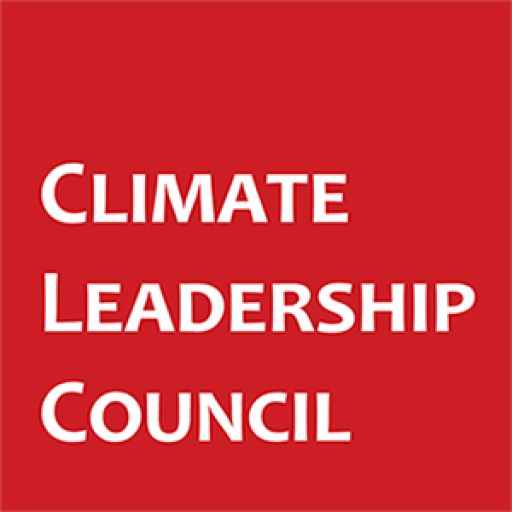Novel policies at the nexus of climate and trade are gaining momentum internationally. Emerging policies, from carbon import fees—a charge on the embodied emissions in traded goods—to bilateral critical mineral agreements and climate clubs, are pushing the boundaries of international trade rules.
The current global trading system fosters a competitive market by liberalizing trade and reducing trade barriers. This system is underpinned by the General Agreement on Tariffs and Trade (GATT), the foundational document of the World Trade Organization (WTO), which established the multilateral rules governing international trade in goods. A key requirement, the Most Favored Nation (MFN) principle, prohibits discrimination between “like products” of trading partners.
While this competitive global market can bring significant economic benefits, it also accommodates the competitive advantages gained from lax environmental regulations, causing direct tension with climate policies. To address this conflict, some climate and trade policies may go against the non-discrimination principles enforced by the WTO.
The Council’s report “Carbon Import Fees and the WTO ” discusses how exceptions for measures related to the environment, essential security interests, and intergovernmental commodity agreements offer credible legal defenses for qualifying climate and trade policies. This blog further explores the intergovernmental commodity agreements (ICAs) exception. If utilized correctly, the ICA exception could provide expansive legal protections for trade agreements that involve multinational coordination and planning to better manage and secure supply chains for climate-related commodities.
What is an Intergovernmental Commodity Agreement?
Intergovernmental Commodity Agreements (ICAs) are trade agreements between governments of producer and consumer countries that regulate international trade for a commodity. The number of participants has significantly varied from agreement to agreement; past agreement participation has ranged from 6 to 87 countries. They aim to address commodity-specific challenges that are not adequately managed by market forces; they have been deployed to stabilize the market, conserve resources, balance supply and demand, and foster economic growth in export-dependent nations, which are often developing countries. Commonly facilitated under the auspices of the UN, they were most prevalent from the 1920s to the late 1970s, after which bilateral agreements primarily replaced them.
Each ICA has been implemented with provisions specific to the challenges of managing trade between multiple consumer and producer countries for a designated commodity, including rubber, tin, wheat, coffee, and tropical timber, for a particular time. They typically included restrictions on the free movement of a commodity using economic provisions to control both prices and supply.
The most common economic provisions included in past ICAs are:
- Buffer stock management: The process of buying or selling stock of a specific commodity to hold the market prices within a desired range.
- Long-term multilateral contracts: Purchasing contracts for a specific commodity between producer and consumer countries based on a negotiated price range for an extended period of time.
- Quantity limits: Restrictions on the volume of imports or exports of a specific commodity. Export quotas, for example, are commonly used to prevent oversupply and guarantee specific prices for the producing countries.
The Intergovernmental Commodity Agreement Exception
The GATT originated from the commercial policy chapter of the 1948 International Trade Organization (ITO) Charter. The charter included an ICA chapter, which permitted the use of ICAs under certain circumstances, broadly to address challenges in trade that regular market forces cannot resolve. This included addressing supply and demand mismatches, surplus inventory, volatile prices, or conserving natural resources. Although this section of the ITO Charter never came into force, the exception persists in Article XX (h) of the GATT.
Article XX(h) states that nothing in the GATT shall prevent any contracting party from carrying out the obligations of an ICA. To date, ICAs remain unchallenged at the WTO. The most promising pathway under Article XX(h) is for a country to (1) structure the agreement as an ICA, (2) notify members of the WTO, and (3) block any attempt at disapproval. This interpretation is based on the reasonable assumption that an ICA is permitted unless specifically opposed by consensus, the default rule-making process of the WTO. Even one party to the ICA could block any rejection under the formal multi-lateral process.
The ICA exception provides a potential approach to WTO compliance for climate-related trade agreements concerning relevant commodities, such as critical minerals or steel and aluminum, both the targets of recent trade discussions between the U.S. and G7 partners. This exception could help resolve the tension between the WTO’s trade liberalization principles and the policies needed to address global emissions, deploy climate technologies, and secure trade flows of essential commodities. The flexibility in agreement interpretation, along with the simplicity of invoking the justification and defending it, gives this exception unique opportunities to be modernized and aligned for the energy transition.
